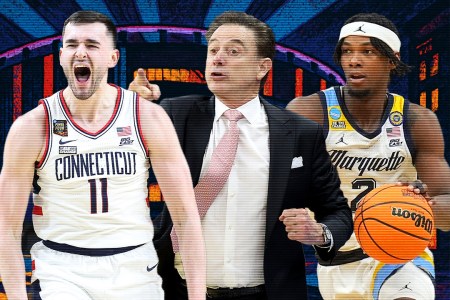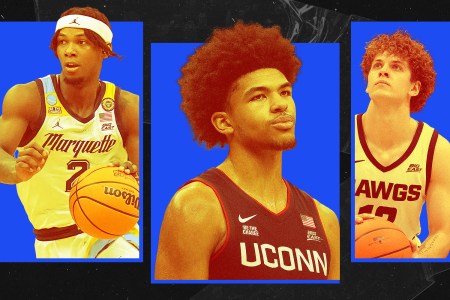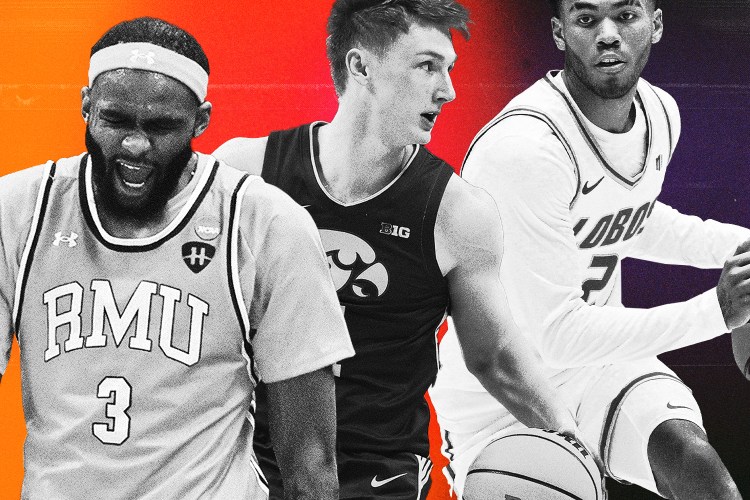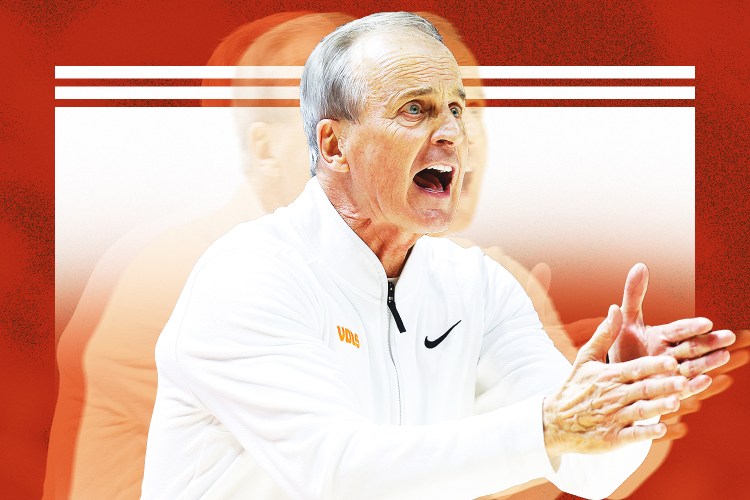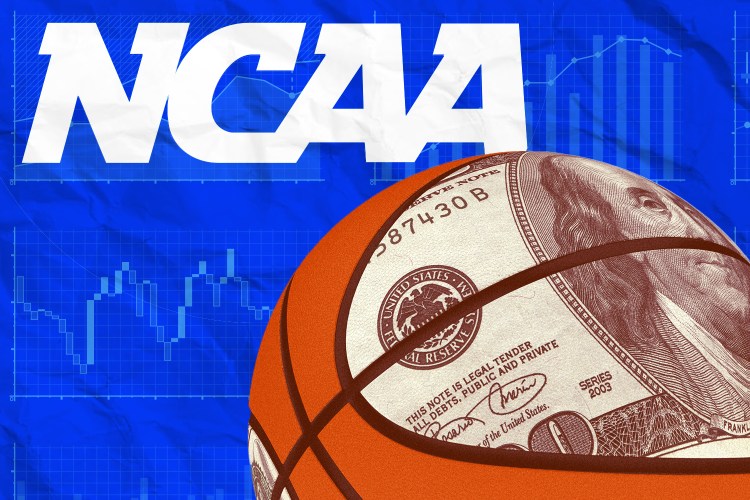Once Upon A Time, the Big East Conference reigned supreme over the Land of College Basketball. Born in 1979, this brainchild of a mad genius named Dave Gavitt enjoyed a rapid rise by monopolizing major media markets from Washington, D.C., to New York City to Syracuse, N.Y. Behind great players like Patrick, Chris and Pearl, plus colorful coaching characters like Looie, Rollie, Jimmy B and Big John, the Big East won early and often, cresting in 1985 when it sent three teams to the Final Four.
By the early 1990’s, however, the Big East was confronted by a harsh reality: It didn’t have enough big-time football. Football was what really reigned supreme in college sports, so the league felt compelled to add so-called “football schools” in rapid fashion: Miami, Rutgers, Virginia Tech, West Virginia. As it mushroomed to 16 teams by 2006, basketball benefited, too. In 2011, the league sent a record 11 teams into the NCAA Tourmament.
Alas, the arrangement could not survive the Realigment Madness that was soon to come. Rutgers left for the Big Ten in 2012, and six more schools defected the following year. The remaining seven non-football schools — the “Catholic Seven,” as they came to be called — had no choice but to form their own league. The only saving grace was they were allowed to keep the iconic Big East name.
Though UConn returned in 2021, making it the only member of the league that plays FBS football, the Big East remains a unicorn: a basketball league with power conference status. Even as the league claimed four NCAA championships over the last nine years (two each from Villanova and UConn), it lost ground as college sports rapidly moved into the pay-for-play era. If it’s money that matters, then football is paramount. Witness the subsequent rise of the SEC, which this year broke the Big East’s record by sending 14 teams to the NCAA Tournament, including two to the Final Four plus a national champ in Florida. The Big Ten and Big 12 likewise surpassed the Big East in all the computer basketball rankings the last few years, with the lagging ACC not far behind.
Now, however, as the rules governing college basketball undergo a seismic change, a tantalizing new question is emerging around the sport: Is the Big East’s lack of football prowess actually a major advantage? Is Big East basketball about to be … back?
That is the bright hope inside the league and the dark concern among basketball coaches in the other high-major leagues. “We don’t have the football dollars, but I do think we are in a position to prioritize basketball,” Big East commissioner Val Ackerman told Hoops HQ. “We’re not establishing any guidelines in the Big East, but there’s a general sense among our schools that they are going to spend what they believe they need to be spending order to be competitive.”
During an NIL conference at the Final Four hosted by Silver Wave Media, Blake Lawrence, the CEO of Opendorse, which is an NIL service and technology company, projected that on average, Big East schools will assign $5.7 million of revenue to men’s basketball next season. Lawrence projected smaller sums for the other power conference schools: $4.4 million for the ACC, $4.3 million for the Big 12, $3.2 million for the Big Ten and $3.1 million for the SEC. And he’s not guessing. Opendorse works directly with dozens of high-major schools, including several in the Big East, to provide them the data they need to set their budgets. “For most power conference programs outside of the Big East, their budget for men’s basketball will go down,” Lawrence said. “Football is a beast because you have nearly 100 players that will receive some level of compensation. Big East schools don’t have football money, but they don’t have the football burden. That’s where there’s opportunity.”
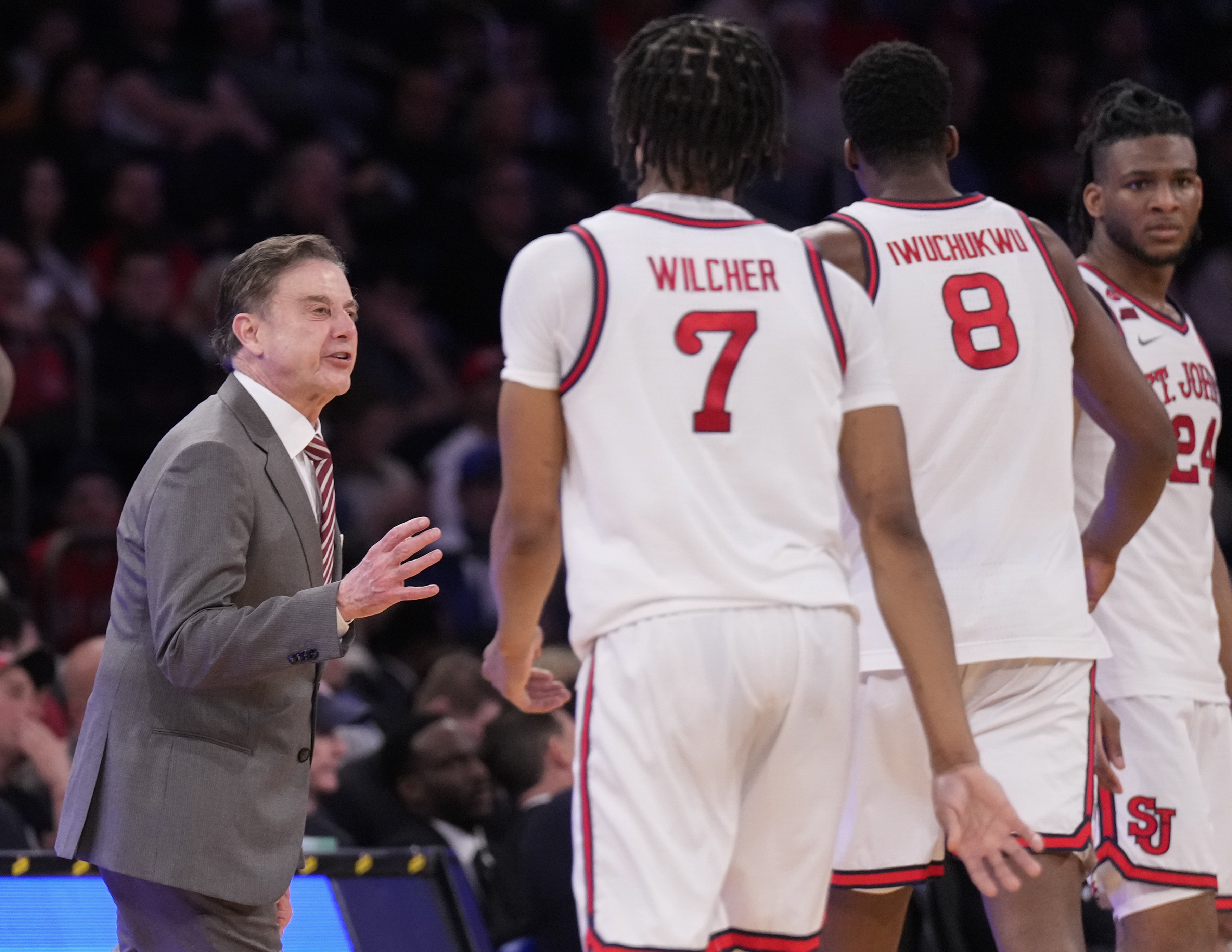
There are many details still to be worked out, but the Big East stands to benefit from the two pillars of the new landscape. The first is the de facto salary cap on revenue sharing. Under the terms of the House v. NCAA settlement, each school can distribute up to $20.5 million however it likes across its athletic department. By most measures, schools in the FBS conferences will devote at least 65 percent of those dollars to football. Some 20 percent will go to men’s basketball and the rest will be distributed to the remaining sports. If those spending levels were unlimited, the Big East would be in big trouble. But as long as they are capped, it’s very much in the game.
The Big East will also benefit from the proposed limits on NIL collectives. According to terms of the settlement, any NIL contracts worth in excess of $600 must go through a clearinghouse process conducted by Deloitte, the accounting and consulting company. The terms of those deals will be processed through an algorithm to determine whether they reflect fair market value. Any compensation deemed to be excessive would be voided. That would put an end to the practice of having boosters paying huge sums of money to players as recruiting inducements (which is supposed to be against NCAA rules anyway) or for working no-show jobs.
“Big East schools don’t have football money, but they don’t have the football burden. That’s where there’s opportunity.”
Blake Lawrence, CEO, Opendorse
Plenty of questions remain, not only as to how all of this will be implemented, but more importantly, who will enforce the new standards. But there is broad agreement even amongst the football schools that if it doesn’t come off as designed, the whole thing will crumble. “This is all going to hinge on the new enforcement system,” Ackerman said. “We have not yet been advised what the penalty structure will be for cheating under the new system, but my first job in the NBA was this area of salary cap enforcement, and I can tell you that in the pro leagues, they take cheating and salary cap circumvention very, very seriously.”
Coaches around the Big East are proceeding cautiously and skeptically, but also, for the first time in a long time, optimistically. “The reality is, we don’t have a huge TV contract in comparison to what the football schools are able to take in,” Creighton coach Greg McDermott told Hoops HQ. “So if we’re going to pay out more in revenue share, we’ve got to raise it, or you have to figure out a way to generate it within your department. That’s not as easy as it sounds, because everybody’s kind of struggling to survive the way it is, but we found a way at Creighton to remain competitive in this environment and I think a lot of our friends across the Big East will attempt to do the same.”
Part of the skepticism stems from a lack of knowledge about the inner workings of the House settlement, which is likely to be approved in the coming days by U.S. Judge Claudia Wilken. “As a non-defendant, we’re on the outside looking in, so we’re really awaiting details,” Ackerman said. “There are a lot of pieces that have to play out. The story you’ll be writing in six months is going to look a lot different from the story you’re writing today.”
Even so, after so many years of losing ground to football, it looks like the Big East could soon be competing on a level playing field again. This is the New Land of College Basketball, where money reigns supreme, and Dave Gavitt’s brainchild is ready to party like it’s 1985.


